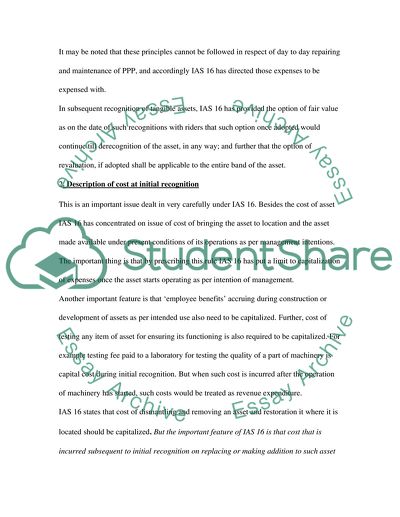Cite this document
(“Rules Governing Accounting of Non-current Tangible Assets Under IAS Essay”, n.d.)
Retrieved from https://studentshare.org/finance-accounting/1545491-ias-16-see-the-question-in-the-order-instructions
Retrieved from https://studentshare.org/finance-accounting/1545491-ias-16-see-the-question-in-the-order-instructions
(Rules Governing Accounting of Non-Current Tangible Assets Under IAS Essay)
https://studentshare.org/finance-accounting/1545491-ias-16-see-the-question-in-the-order-instructions.
https://studentshare.org/finance-accounting/1545491-ias-16-see-the-question-in-the-order-instructions.
“Rules Governing Accounting of Non-Current Tangible Assets Under IAS Essay”, n.d. https://studentshare.org/finance-accounting/1545491-ias-16-see-the-question-in-the-order-instructions.


